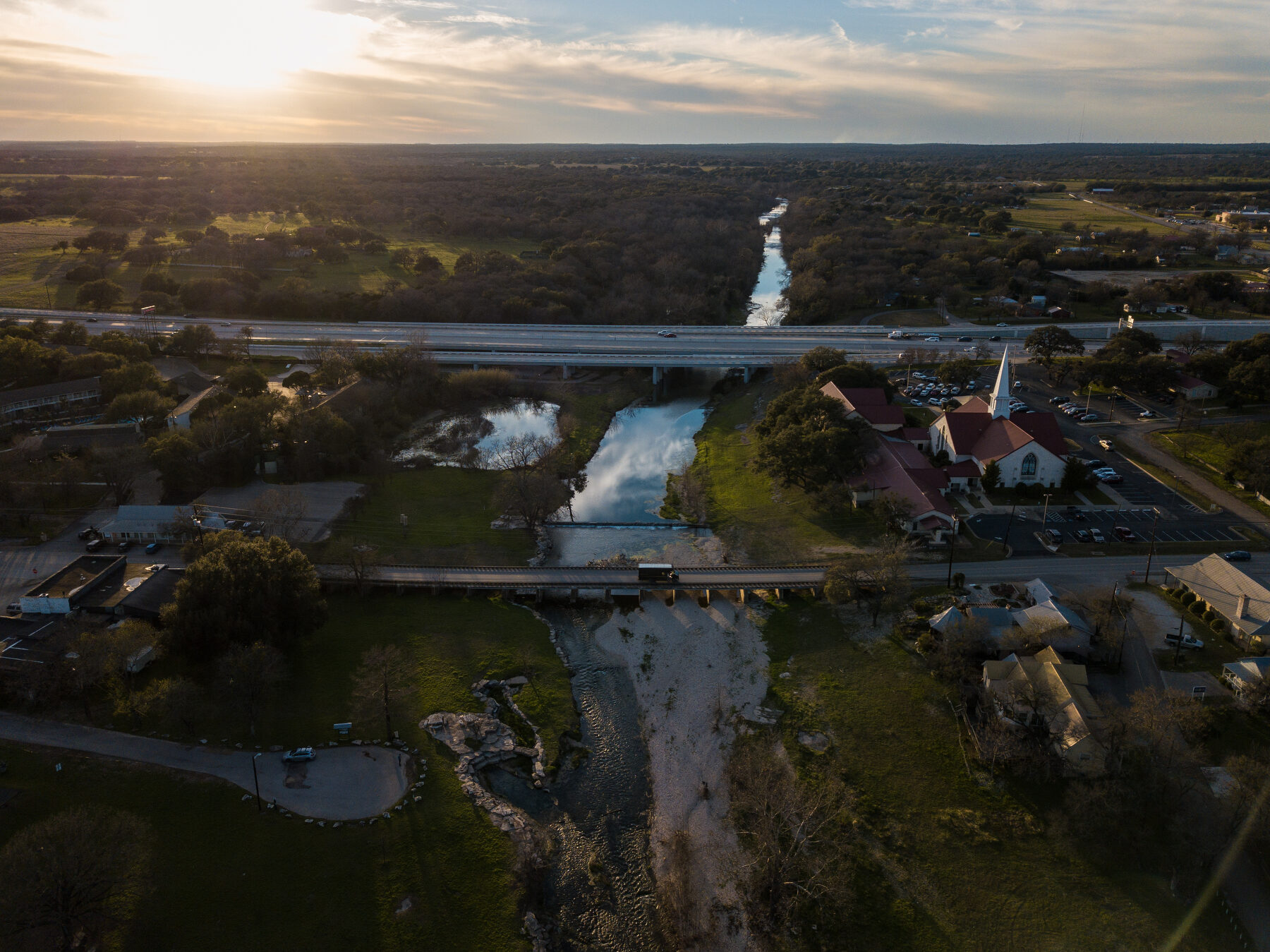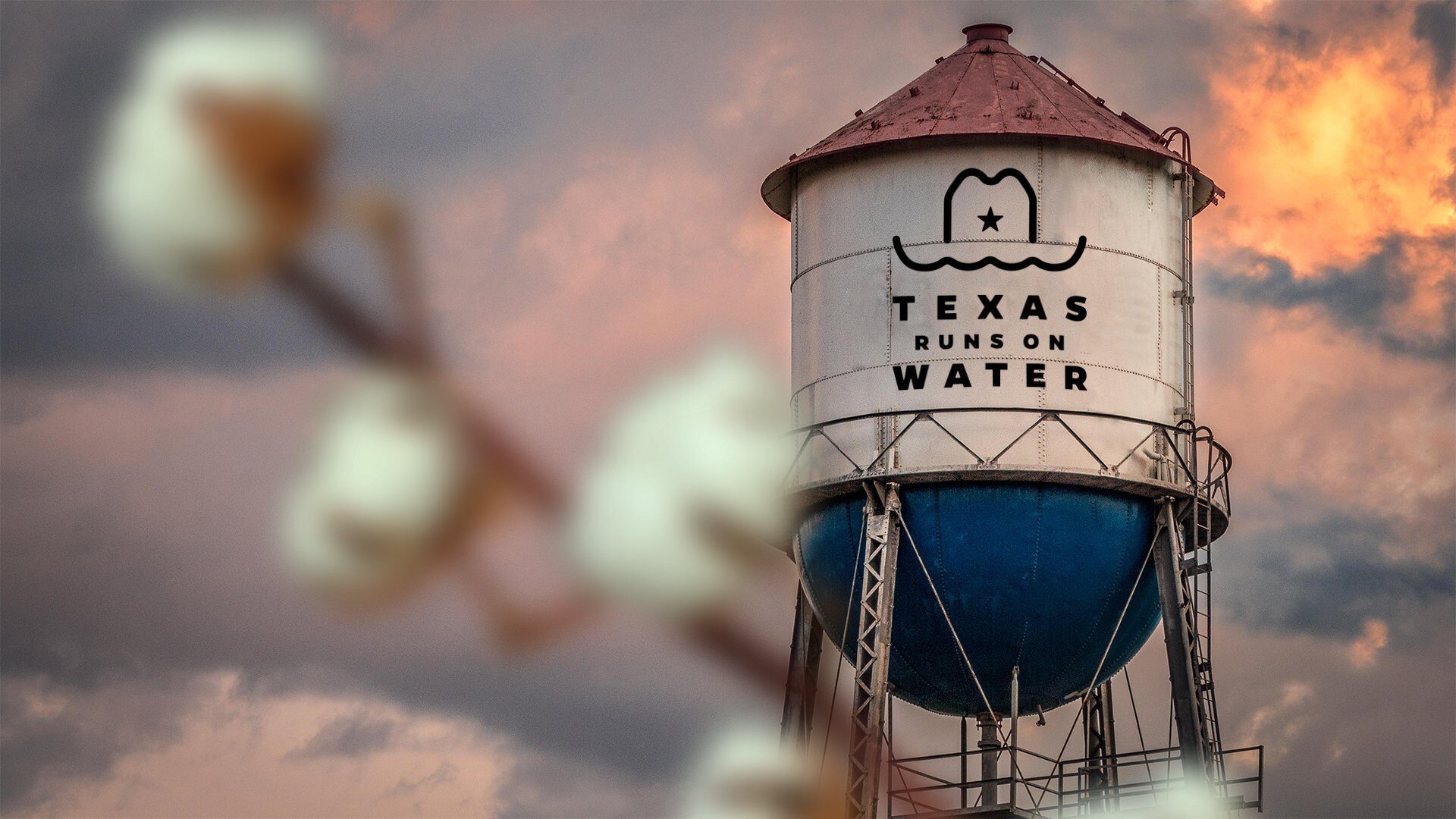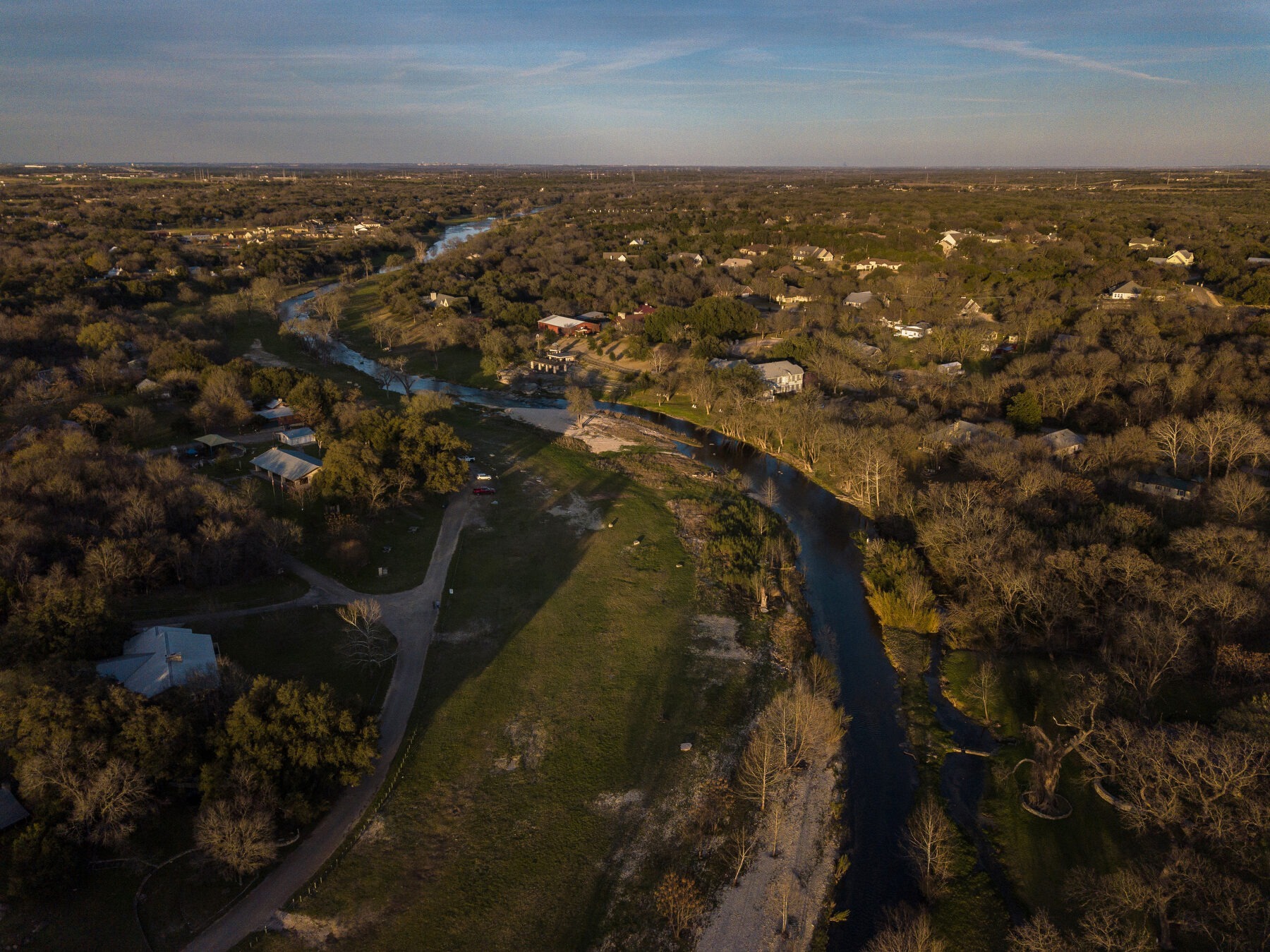
There are many ways to start saving water. By following water conservation tips you can save money on your monthly water bill, and more importantly, will also help protect the quality of life of future Texans.
Each of the following categories, indoors, outdoors, agricultural, and commercial, contain valuable tips and will allow you to become involved and see how simple water conservation can be.
Here are few sample tips you can learn about:
- Save a minimum of 20 gallons per day just by installing water-efficient fixtures and reducing leaks.
- Choose plants adaptive to conditions in your area of the state.
- Run the dishwasher only when you have a full load of dirty dishes.
- Adjust automatic sprinklers to turn off when it rains.
Indoor Conservation
Using water more efficiently will not only save money but, more importantly, will also help protect the quality of life of future Texans.
With the vastness of Texas, it’s easy to forget two important facts about our state: we are subject to frequent droughts, and our population is projected to double in the next 50 years. The cost of developing new or additional supplies in that same time period is estimated to be $30.7 billion.
To ensure that we have enough water for current and future Texans, we need to reduce the amount of water we waste.

- Possible Water Savings
- High-efficiency toilets, water-efficient washing machines, rainwater harvesting systems, and water-efficient landscaping can all help reduce water use.
- Water-efficient showerheads and aerators for faucets can significantly reduce the amount of water you use. In fact, installing a water-efficient showerhead is one of the most effective water-saving steps you can take inside your house.
- Leaking faucets and toilets can waste thousands of gallons of water monthly, and they are inexpensive to fix. A few small changes in your water use habits can make a huge difference in water savings.
- Tips in the Bathroom
- Replace your showerhead with a water-efficient model.
- Take short showers.
- Turn off the water while you are shaving. Fill the sink with hot water instead of letting the water run continuously.
- Never use the toilet to dispose of trash.
- Don’t waste water when brushing your teeth or washing your hands. Shut off the water until it’s time to rinse.
- Tips in the Kitchen
- Run the dishwasher only when full.
- Install faucet aerators. You’ll never notice the difference, and you’ll cut your sink water consumption in half!
- Keep a container of water in the refrigerator. It will be refreshingly cool and won’t waste water.
- Dry scrape dishes instead of rinsing. Your dishwasher will take care of the rest.
- Use garbage disposals sparingly. They can waste water unnecessarily.
- Conventional washing machines use 32 to 59 gallons of water per load. Use the lowest water level setting on the washing machine for light or partial loads whenever possible.
- Use cold water as often as possible to save energy and conserve hot water for uses that cold water cannot serve.
Outdoor Conservation
- One inch of water per week in the summer will keep most Texas grasses healthy. To determine how long you should run your sprinklers, place straight-edged cans at different distances away from the sprinkler and time how long it takes to fill an average of 1 inch of water in each can.
- Don’t abuse the benefits of an automatic sprinkler system by over-watering. Set it to provide thorough but infrequent watering. Check sprinkler heads regularly to make sure they are working properly. Install rain shutoff devices and adjust sprinklers to eliminate coverage on pavement.
- Prevent evaporation of water. Water lawns early in the morning or in the evening during the hotter summer months. Never water on windy days. Use drip irrigation systems for bedded plants, trees, or shrubs and use low-angle sprinklers for lawns. Cover pools and spas. This can save the equivalent of your pool volume each year!
- Plant water-efficient, well-adapted, and/or native shrubs, trees, and grasses. Choose plants that are drought and heat tolerant and can survive the minimum winter temperatures in your area. In odd-shaped areas, use drought-tolerant groundcover instead of grass. Many cities provide lists of water-efficient plants.
- Buy a rain barrel or a cistern and collect the water from your gutters to water your plants.
- Use your water efficiently. Don’t waste water by cleaning patios or sidewalks with it; use a broom. For plants that need more water, use a hose or watering can to give them additional water.
- Keep grass 3 inches tall during the summer and don’t cut more than one-third of its length at one time. Don’t scalp lawns when mowing during hot weather. Taller grass holds moisture better. Leave lawn clippings on the lawn instead of bagging.

Agricultural Conservation
Agriculture has always been one of the mainstays of the Texas economy. It is, in fact, the second largest industry in the state, generating about $85 billion a year.
Along with agriculture’s dedicated producers and Texas’ diverse climate, one of the state’s most valuable resources fuels this impressive productivity: water. Irrigated agriculture is Texas’ single greatest water consumer and will continue to be so for the foreseeable future. It currently uses about 9 million acre-feet annually on over 6 million acres. Most of that water, 73 percent, is groundwater.
For the 2012 State Water Plan, the regional water planning groups recommended conservation strategies to help slow the pace of increasing water demand in their regions. By 2060, agricultural water conservation strategies are projected to result in a savings of 1.4 million acre-feet of water annually, a significant portion of the state’s water supply.
- Irrigation water use management, such as irrigation scheduling, volumetric measurement of water use, crop residue management, conservation tillage, and on-farm irrigation audits;
- Land management systems, including furrow dikes, land leveling, conversion from irrigated to dry land farming, and brush control/management;
- On-farm delivery systems, such as lining of farm ditches, low pressure center pivot sprinkler systems, drip/micro irrigation systems, surge flow irrigation, and linear move sprinkler systems;
- Water district delivery systems, including lining of district irrigation canals and replacing irrigation district and lateral canals with pipelines; and
- Miscellaneous systems, such as water recovery and reuse.

Commercial Conservation
Industries and businesses can often save water and maintain current production quantities or even increase production.
- Reducing current costs – water costs account for 1 to 2 percent of a businesses turnover. Saving water can reduce overhead costs.
- Reducing future costs – water prices will more than likely increase in the future.
- Increasing production efficiency – using water efficiently will make additional water available for future production.
- Providing tax benefits – many government agencies and water utilities provide rebates, grants, and tax relief to encourage water conservation. Tax benefits keep money where it belongs, in your pocket.

